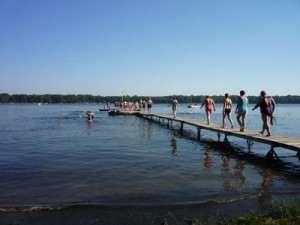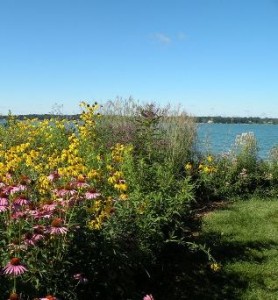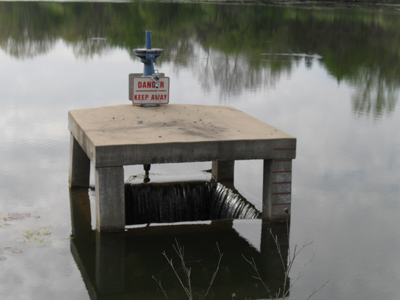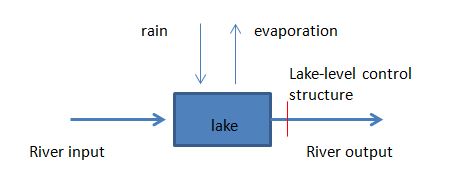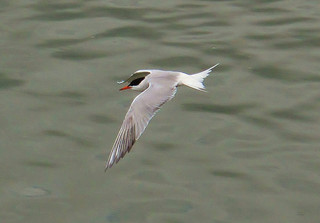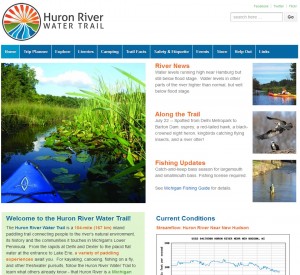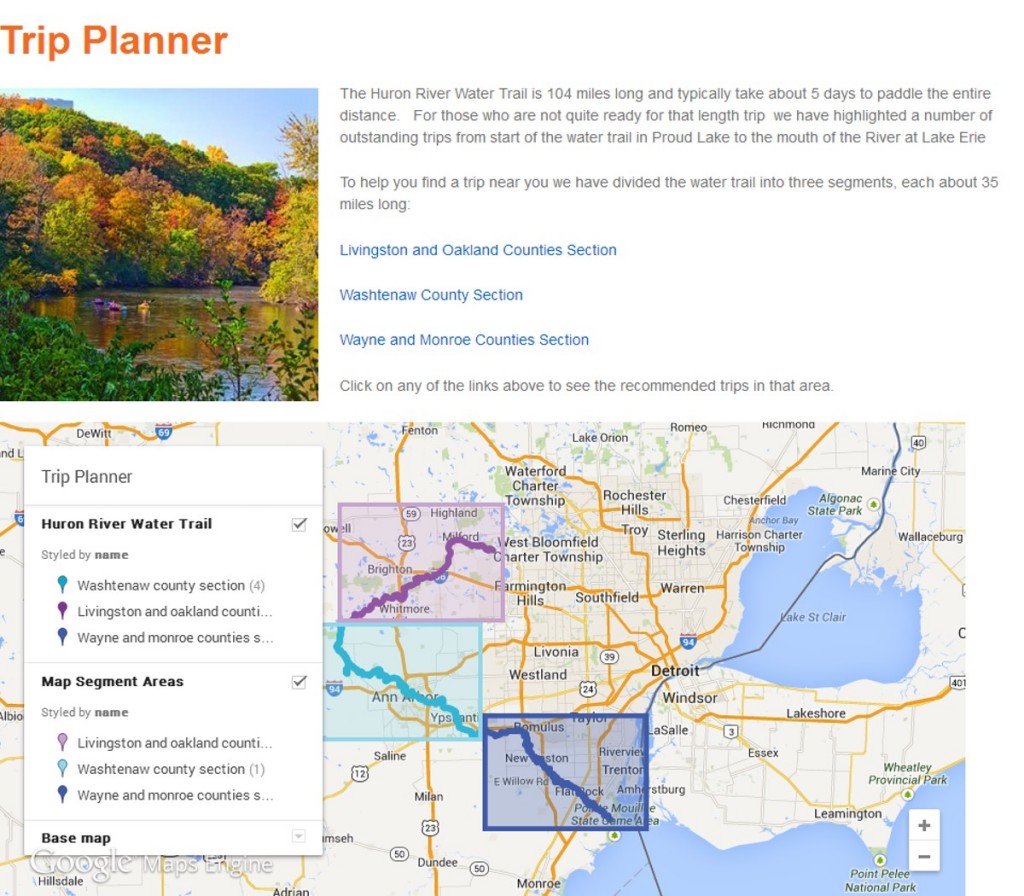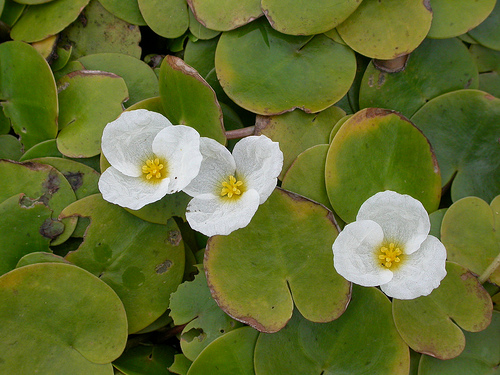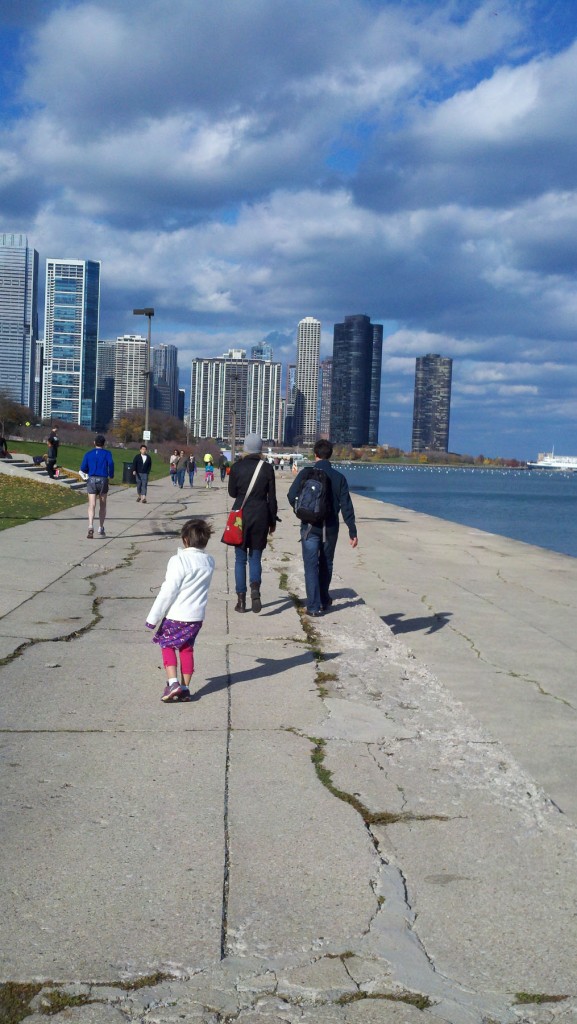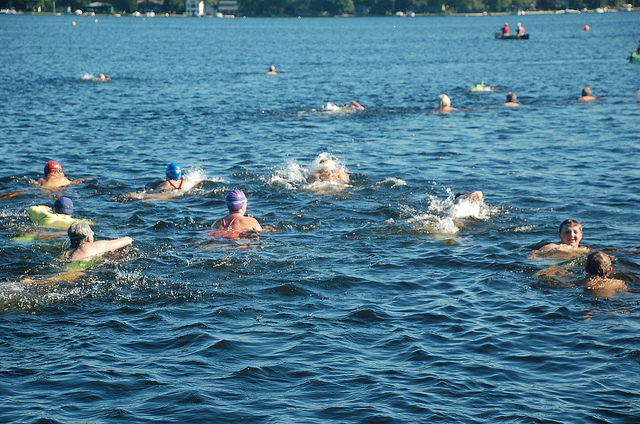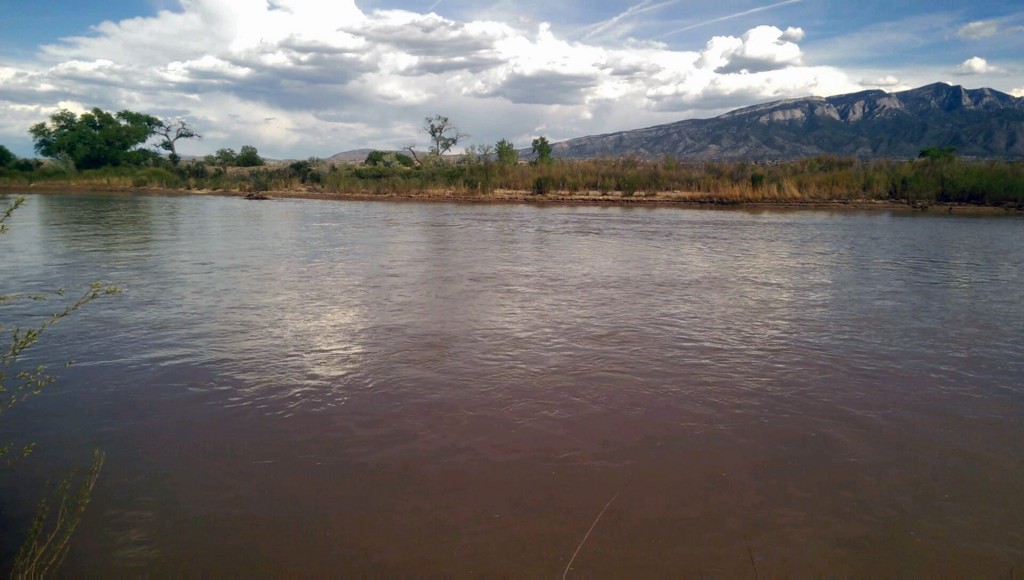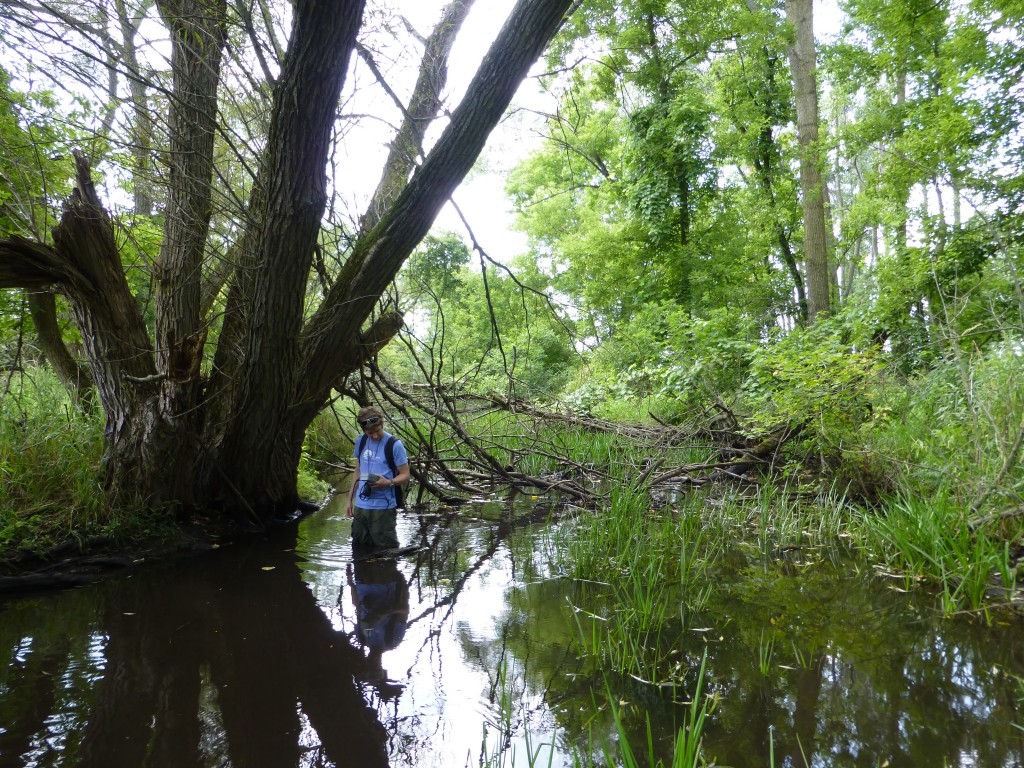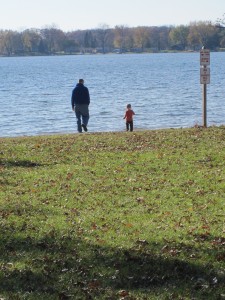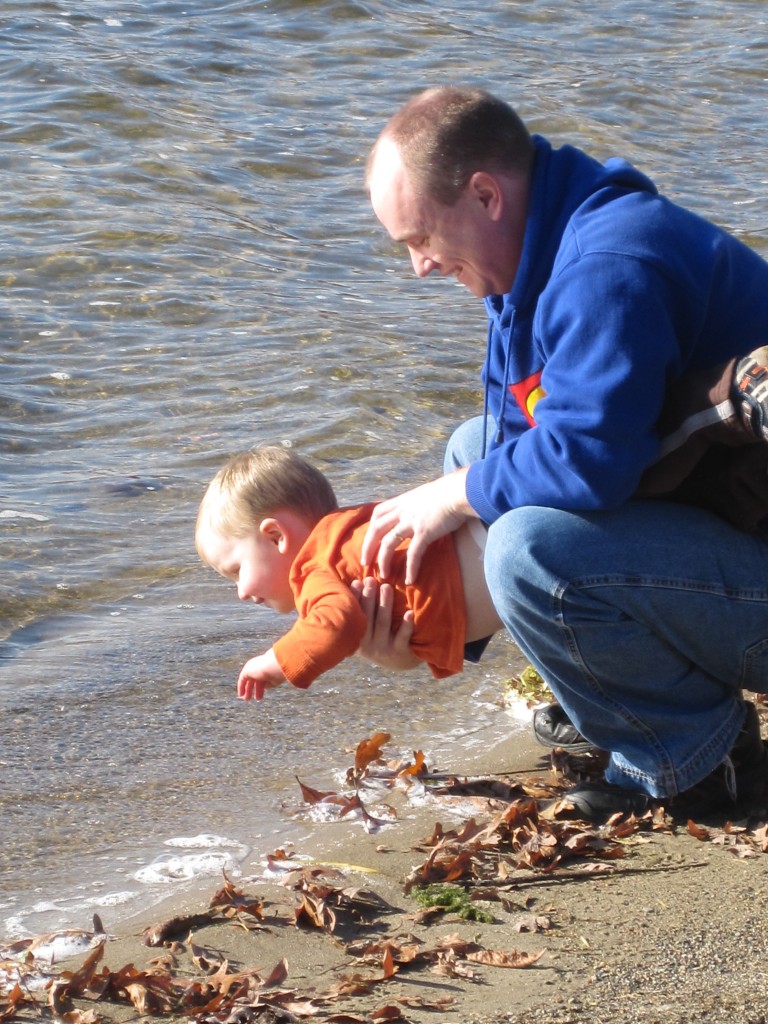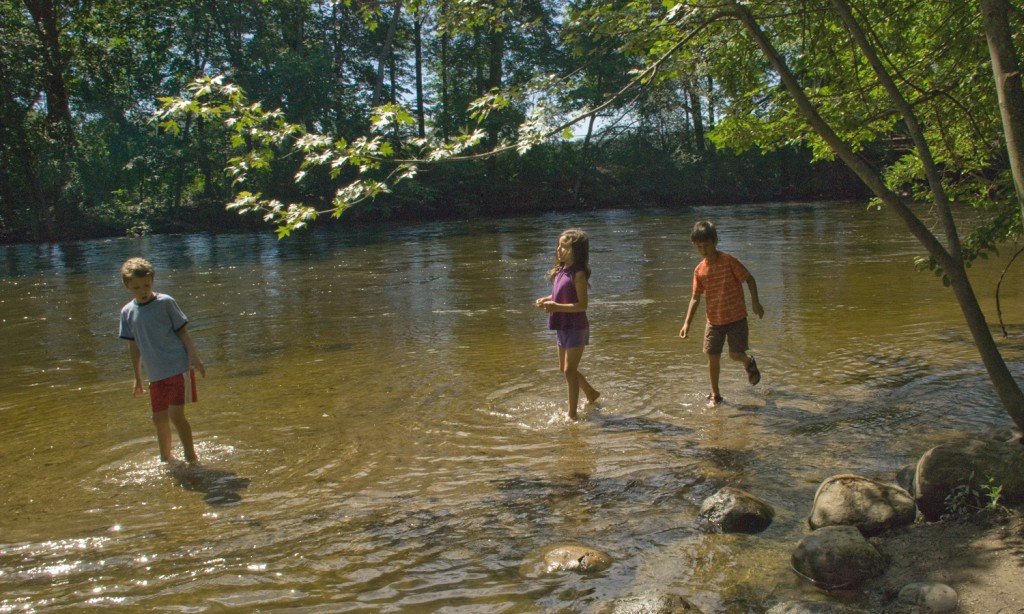Recently, I went to Washtenaw County Circuit Court about a lake level for Portage and Base (aka Baseline) Lakes in Washtenaw and Livingston County. Under Michigan’s Lake Level Control Act, residents who live on the lake can petition a judge to set a legal lake level. Yes, Legal! The County Drain Commissioner (or now know as the Water Resources Commissioner) has to keep the lake at the court ordered level. These lake levels are controlled by dams and their operators.
Most lakes that are formed by a dam for recreational purposes have a winter and summer level set by a judge. Higher in the summer for docks and boat traffic and lower in the winter to protect docks and shorelines from ice and damage.
The Court case I attended was to establish a winter lake level for Portage and Base Lakes. Standard practice was to lower the lake level in the winter, but there wasn’t a court set winter level. The Livingston and Washtenaw County Water Resources Commissioners petitioned the court to set a winter level 15-18 inches below the summer level. Some residents wanted the lake to be lowered 30 inches and the MDNR was opposed to a winter lake lowering.
In terms of this petition, HRWC understands the balance of interests in setting lakes levels—fisheries, homeowners, recreational enthusiasts, ecologists, and more. We also know the impacts of changing lake levels on the Huron River and its lakes. While a river and its watershed is a changing and dynamic system, there are boundaries to how far those variations should go. Three feet is too much. While scientists argue for no lowering of the lake level in winter, this is not publically acceptable at this time. Given past practices and expectations, a 15 inch winter draw down is the best strategy.
Why is three feet too much? Although drawdowns can produce relatively weed free conditions for short periods of time, over the long-term, frequent drawdowns may result in less diverse plants and native species and more monocultures or invasive nuisance species. Drawdowns resulting in bare sediment favor those species that colonize the fastest. Not surprisingly, these tend to be non-native nuisance species such as Eurasion watermilfoiil and Curlyleaf Pondweed. Over time, the drawdown can promote the replacement of a diverse native plant assemblage by monocultures of invasive exotic species….nuisance species that then result in lakewide herbicide and pesticide applications.
I agree with the direction of the Michigan Department of Natural Resources to limit the range of seasonal lake level controls as we’ve seen the detrimental effects of dry spring rivers. A gradual draw down and increase should be best practice for dam operators with the goal of minimizing extreme flows and providing a base flow. In terms of future policy and changes to the lake level control act, we strongly support a better quantification of minimum river flows for aquatic habitat and fisheries.
